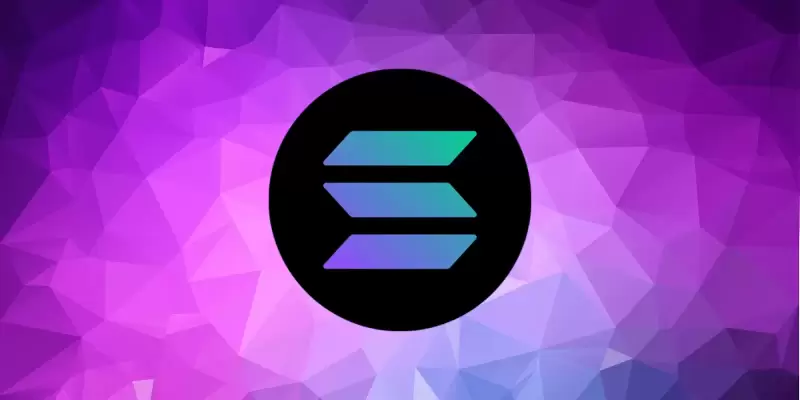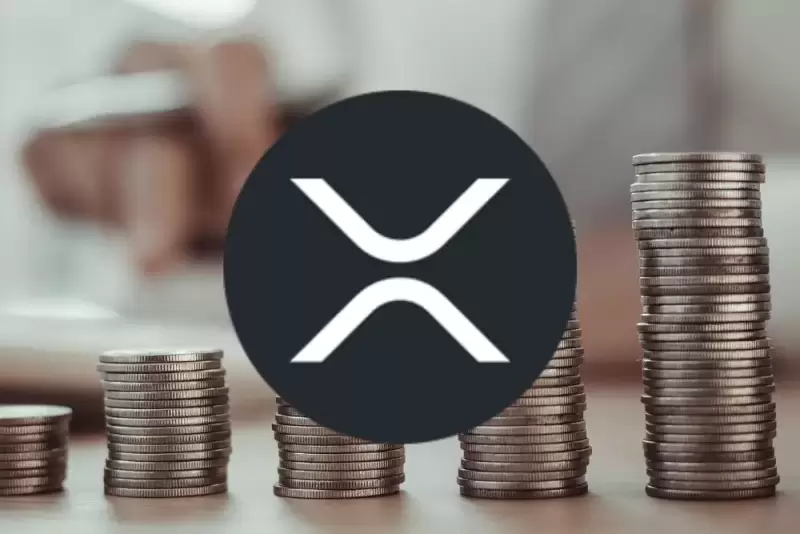 |
|
 |
|
 |
|
 |
|
 |
|
 |
|
 |
|
 |
|
 |
|
 |
|
 |
|
 |
|
 |
|
 |
|
 |
|
Cryptocurrency News Articles
The Internal Revenue Service (IRS) uses the 1099 form series to track non-employment income, including income from cryptocurrencies.
Apr 04, 2025 at 12:55 am
When a person earns income through crypto platforms, they may receive a 1099 form, which is also submitted to the IRS by the platform.

The Internal Revenue Service (IRS) uses the 1099 form series to track non-employment income, which includes income from cryptocurrencies. When a person earns income through crypto platforms, they may receive a 1099 form, which is also submitted to the IRS by the platform. In the crypto sector, the most relevant forms are 1099-MISC, 1099-B, and 1099-K. Starting in 2025, the IRS introduced 1099-DA, a new form specifically for digital assets. Each form covers a specific type of income and follows different rules. These forms do not report taxes withheld. They only show how much income was received, not how much tax is due or already paid. It is the taxpayer’s responsibility to calculate and pay the required taxes based on the form’s information.
These forms do not report taxes withheld. They only show how much income was received, not how much tax is due or already paid. It is the taxpayer’s responsibility to calculate and pay the required taxes based on the form’s information.
The 1099-B is used to report capital gains or losses from the sale of crypto assets. It lists proceeds, cost basis, acquisition date, sale date, and the resulting gain or loss, if known. This form functions similarly to what is used for stocks and other traditional assets. In crypto, cost basis data is often missing. When a user transfers crypto between wallets or exchanges, the receiving platform may not know the original purchase price. This creates a reporting gap. For instance, the form might show a sale value of $90,000 but not the $80,000 originally paid.
If the IRS receives a 1099-B with missing cost basis and the taxpayer fails to report the correct figures, the IRS may assume the entire $90,000 is taxable income. This can trigger a CP2000 letter, which requests clarification or correction. The taxpayer must then provide documentation for the cost basis to support their reported gain. If they cannot do so, they may be assessed additional tax and penalties on the difference.
The 1099-K was originally designed for third-party payment processors, like PayPal or Stripe, and applied when users processed more than $20,000 across 200 transactions. After the American Rescue Plan Act, the threshold dropped to $600, regardless of the number of transactions. Some crypto platforms used this form to report large transaction volumes. However, the 1099-K only shows gross proceeds, not the cost basis or net gain. This caused confusion for taxpayers and the IRS. For instance, a $150,000 trade that resulted in just $5,000 profit would still appear as $150,000 in income on the 1099-K.
Due to this reporting style, some users who had gains properly calculated and reported on their tax returns still received letters from the IRS claiming unreported income. This occurred because the 1099-K forms were reporting significantly larger figures, leading to mismatches that triggered correspondence from the IRS. To avoid these complications, Coinbase stopped using 1099-K in 2020 and switched to 1099-MISC to report staking and reward income.
The 1099-MISC is issued when a user receives crypto income that is not employment-related. This includes staking rewards, airdrops, bonuses, and other forms of compensation not tied to capital gains. It is commonly used by platforms like Coinbase and Kraken. If a person earns $600 or more in such income during the tax year, the platform may issue this form. For royalty-type payments, such as content earnings, the threshold is only $10. The form reports the fair market value of the crypto on the day it was received.
However, the 1099-MISC does not include information about asset sales or gains. If the user later sells or trades the rewarded crypto, those transactions must be reported separately. The 1099-MISC only shows what was received, not what happened to the asset afterward. For instance, if a user stakes ETH and receives an airdrop of LINK, both would be reported on the 1099-MISC, but the transactions are not linked. The cost basis of the LINK airdrop is reported separately if the user later sells it.
The IRS is rolling out a new form, 1099-DA, specifically for digital assets. It is expected to be used by custodians, exchanges, and brokers to report trades in a manner similar to how stock transactions are reported. This reporting obligation arises from the Infrastructure Investment and Jobs Act of 2021, which
Disclaimer:info@kdj.com
The information provided is not trading advice. kdj.com does not assume any responsibility for any investments made based on the information provided in this article. Cryptocurrencies are highly volatile and it is highly recommended that you invest with caution after thorough research!
If you believe that the content used on this website infringes your copyright, please contact us immediately (info@kdj.com) and we will delete it promptly.
-

- Payment giant PayPal adds Solana (SOL) and Chainlink (LINK) to its growing list of supported digital assets
- Apr 05, 2025 at 06:20 am
- In a significant move for the cryptocurrency industry, PayPal has announced the addition of Solana (SOL) and Chainlink (LINK) to its growing list of supported digital assets.
-

-

- The cryptocurrency market took a major hit after President Donald Trump's latest tariff announcement, wiping out $509 million in value.
- Apr 05, 2025 at 06:15 am
- Bitcoin dropped to $82,352, as traders struggled to hold the $83,000 level. It briefly climbed back to $88,000, only to slip again, adding to market uncertainty.
-

-

-

-

-

-




























































